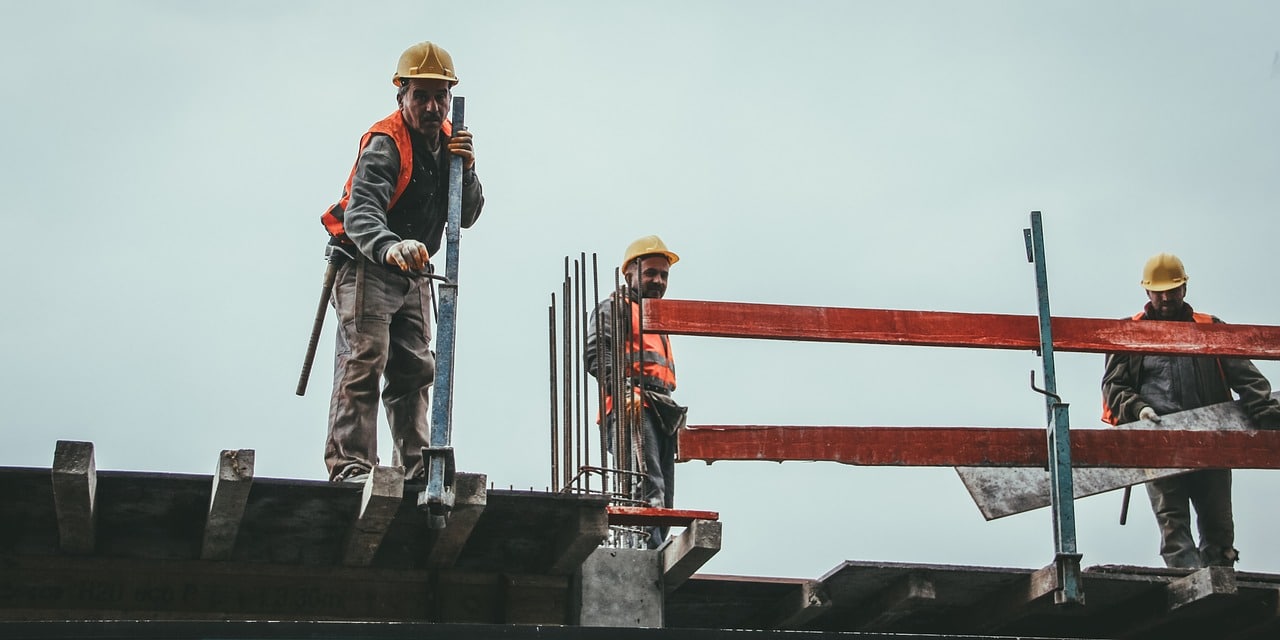Collaboration between contractors and subcontractors lays the foundation for project success. However, this partnership isn’t without its challenges. Navigating problems between contractors and subcontractors requires a balance of effective communication, meticulous planning, and fostering strong relationships.
We’ll discuss the most common problems between contractors and subcontractors and propose proactive measures to cultivate better collaboration to ensure every project goes smoothly.
Free eBook: Unveiling the Path to Digital Transformation in Construction
1. Work delays
Work delays in construction projects present a challenge that demands strategic mitigation and attention. These delays can arise from various factors, all of which are capable of disrupting the timeline of a project.
One of the most common reasons for work delays is that contractors and subcontractors often have different expectations regarding who should be doing what and when they should be doing it.
2. Miscommunication
Miscommunication, both on and off site, is one of the main reasons why an otherwise healthy project might experience significant cost overruns, rework, and other constraints that affect your bottom line.
Communication is a common problem between contractors and subcontractors, leading to a range of issues throughout a project’s life cycle.
3. Lack of proper equipment
Another issue that can lead to problems between contractors and subcontractors is a lack of proper equipment. It hurts efficiency, hinders progress, and often results in a compromised timeline.
Whether this challenge arose from insufficient planning, delays in deliveries, or oversights regarding project requirements, it’s guaranteed to cause conflict between contractors and subs.
4. Poor health and safety compliance
Health and safety standards for construction workers are in a great place; construction companies worldwide are focusing on creating safer work sites. However, non-compliance to these standards can cause significant problems between contractors and subcontractors.
Poor compliance can come from inadequate training or a lack of enforcement, leading to more on-site incidents. Plus, non-compliance will often trigger investigations, fines, or stop work orders, all of which significantly impact the project.
5. Payment delays
Payment delays during construction projects impact the financial health of contractors and subcontractors, resulting in problems between them. Not only does this hinder the project’s progress, but it also can strain professional relationships between the two.
Complex payment structures, unforeseen complications, disputes over quality and scope, and contractual issues can all lead to delays in payment for contractors and subcontractors.
More to read: How to compare contractors’ proposals to find the best one
How to avoid these problems between contractors and subcontractors
Getting contractors and subcontractors on the same page is the secret to a successful project, but it’s not an easy task. The best way to keep things running smoothly is to avoid problems between contractors and subcontractors in the first place; however, we know that sometimes issues pop up even with the best plan in place.
From better defining everyone’s scope of work to ensuring timely payment, here’s how to avoid and address these common problems.
1. Secure a contract before any work gets done
To help avoid work delays, everyone involved in the project should secure a contract before starting any work.
This means clarifying the scope of work, defining timelines and milestones, discussing dispute resolution guidelines, and addressing any other specifications that may cause problems between contractors and subcontractors.
2. Expectations must be clearly in the contract
Setting clear expectations in the contract before starting work directly affects the effectiveness of on-site and off-site communication and collaboration.
Your contract should establish communication protocols and specify how to provide updates, define changes, and address potential issues.
3. Build strong relationships with all parties
When it comes to the lack of proper equipment, there’s not much you can do about delivery delays, but you can encourage contractors and subcontractors to build strong relationships to address the problem of resource sharing.
This relationship helps foster a mutual understanding of the overall demands of the construction project. Contractors and subs who understand each other’s requirements can more easily anticipate equipment needs and facilitate proactive planning.
4. Keep communication lines open
Most times, health and safety compliance problems between contractors and subcontractors boil down to poor communication.
To ensure proper compliance, each party should share safety information, maintain consistent safety standards, report hazards quickly, and coordinate their emergency response and safety planning.
5. Ensure payments go through on time
One of the fastest ways to cause problems between contractors and subcontractors is to delay their pay. Ensuring that payments go through on time keeps the project running smoothly.
Contractors and subs rely on consistent cash flow to purchase materials, pay their employees, and cover other operational expenses. Everyone getting paid on time ensures efficient project continuity.
Solve problems between contractors and subcontractors with LetsBuild
The most straightforward way to prevent and solve problems between contractors and subcontractors is to use construction management software; think of it as the digital glue binding contractors and subs together.
At LetsBuild, we help facilitate:
- Real-time collaboration to avoid misunderstandings and keep everyone on the same page at all times.
- Transparent planning to address potential work delays and clearly define milestones, timelines, and schedules.
- Resource management to ensure that contractors and subcontractors have the tools available when and where they are needed.
- Safety compliance to foster transparent communication regarding health and safety standards to make sure everyone adheres to necessary protocols.
- Financial visibility to provide insights into payment schedules and support timely payments to minimise disputes.
Keep your contractors and subs connected on and off the site with LetsBuild – book your personalised demo today.




